Introduction to Bamboo
Bamboo is more than just a plant; it’s a versatile and sustainable resource that has captured the attention of architects, designers, and environmentally conscious individuals worldwide. This remarkable plant, belonging to the grass family Poaceae, is a symbol of resilience and adaptability, often associated with strength and beauty. Its unique characteristics and myriad applications make Bamboo a subject worthy of exploration. In this comprehensive guide, we will delve into what bamboo is, its distinguishing features, types, benefits, cultivation methods, and various applications.
What is Bamboo?
Bamboo refers to a group of perennial grass species characterized by their jointed stems and rapid growth rates. Known for their hardiness, some species can grow up to 90 feet tall and can reach maturity in just three to five years, significantly faster than most trees. This remarkable growth rate makes bamboo an attractive material for sustainable practices, especially in a world where deforestation and climate change are pressing concerns.
Characteristics of Bamboo
Bamboo is distinguished by several key characteristics that contribute to its unique appeal:
- Fast Growth: Certain bamboo species can grow as much as 35 inches in a single day under optimal conditions, making it one of the fastest-growing plants on Earth.
- Strength: Despite its lightweight nature, bamboo boasts a tensile strength that can rival steel, making it a durable option for construction and furniture-making.
- Flexibility: Bamboo is naturally flexible, allowing it to bend without breaking. This quality is particularly valuable in areas prone to earthquakes or high winds.
- Environmentally Friendly: Bamboo absorbs a significant amount of carbon dioxide and releases oxygen, contributing positively to air quality and fighting climate change.
Growth and Lifespan of Bamboo
Typically, bamboo grows in two main forms: running and clumping. Running bamboo spreads quickly through underground rhizomes, while clumping bamboo grows more slowly and remains compact. Bamboo can live for several decades, depending on the species and environmental conditions. Some varieties can thrive for up to 120 years, continuously providing valuable resources throughout their life cycle.
Types of Bamboo
Running vs. Clumping Bamboo
Understanding the two growth types of bamboo is crucial for selecting the right species for your needs:
- Running Bamboo: This type spreads aggressively through underground rhizomes, potentially invading garden spaces if not properly managed. It’s ideal for creating natural privacy screens or windbreaks.
- Clumping Bamboo: As the name suggests, clumping bamboo grows in tight clusters and does not spread aggressively. This makes it perfect for smaller gardens or landscape designs where control is essential.
Common Species of Bamboo
Several species of bamboo are popular among gardeners and builders, each suited to different climates and uses:
- Bambusa vulgaris: A fast-growing species found in tropical regions, known for its striking yellow stems.
- Phyllostachys edulis: Also known as Moso bamboo, this Chinese variety is prized for its size and strength, commonly used in construction.
- Phyllostachys aurea: Known as golden bamboo, it is a hardy clumping species with vibrant green and yellow stems, ideal for ornamental purposes.
- Fargesia nitida: A non-invasive clumping bamboo, perfect for cold climates and small gardens.
Choosing the Right Bamboo for Your Needs
When selecting bamboo, consider the following factors:
- Climate: Ensure that the chosen species can thrive in your local climate conditions.
- Space: Assess the available space for growth; running bamboo requires more room compared to clumping varieties.
- Purpose: Determine whether the bamboo will be used for construction, landscaping, or decorative purposes. Different species offer unique benefits.
Benefits of Bamboo
Environmental Advantages of Bamboo
Bamboo’s rapid growth and regenerative qualities make it a leading candidate for eco-friendly solutions. Some of the environmental benefits include:
- Carbon Sequestration: Bamboo captures and stores carbon dioxide, effectively reducing greenhouse gases in the atmosphere.
- Soil Erosion Control: Its extensive root system helps prevent soil erosion, especially in hilly areas prone to runoff.
- Water Conservation: Bamboo can survive on relatively low water compared to traditional timber, making it an excellent option for areas facing water scarcity.
Health Benefits and Uses
Bamboo is not only valuable for the environment but also for human health. Its fibers are utilized in various products that contribute to better living, such as:
- Bamboo textiles: Naturally hypoallergenic, moisture-wicking, and antimicrobial, bamboo fabric is increasingly popular for clothing, bed linens, and towels.
- Cooking utensils: Bamboo is naturally antibacterial, making it a safe option for kitchen tools that come into contact with food.
- Bamboo shoots: These young bamboo stalks are edible and packed with nutrients, often incorporated into Asian cuisine.
Bamboo in Sustainable Design
The architectural and design community has long recognized bamboo’s potential as a sustainable building material. Features that make it ideal for modern construction include:
- Lightweight and Strong: Its combination of light weight and incredible strength allows for innovative design solutions.
- Renewable Resource: Bamboo can be harvested sustainably without causing deforestation; it regrows rapidly after cutting.
- Natural Aesthetic: The unique appearance of bamboo adds character and warmth to spaces, enhancing both residential and commercial designs.
How to Grow Bamboo
Ideal Conditions for Bamboo Growth
To successfully cultivate bamboo, specific environmental conditions need to be met:
- Soil: Well-draining soil with a slightly acidic to neutral pH is optimal for bamboo growth.
- Sunlight: Most bamboo species thrive in full sun, although some prefer partial shade, especially in hotter climates.
- Water: Regular watering is vital during the establishment phase. However, once established, bamboo can tolerate drier conditions.
Care Tips for Healthy Bamboo Plants
Maintaining healthy bamboo involves consistent practices and attention to detail:
- Fertilization: Use a balanced fertilizer during the growing season to promote healthy growth.
- Pruning: Regular pruning of older stems helps encourage new growth and maintain an aesthetically pleasing appearance.
- Water management: Ensure that waterlogged roots do not become a problem; adjust watering habits accordingly.
Common Pests and How to Manage Them
Bamboo is generally resilient, but it may face challenges from common pests:
- Bamboo borer: These pests can weaken bamboo shoots. Regular inspections and early interventions, such as removing infested plants, can manage outbreaks.
- Aphids: They can damage the plant by sucking sap. Introducing beneficial insects like ladybugs can help control aphid populations naturally.
- Fungal diseases: Ensuring proper air circulation and avoiding overhead watering can mitigate the risk of fungal infections.
Applications of Bamboo
Bamboo in Construction and Furniture
Bamboo is gaining recognition as a prime material in construction and furniture design. Its inherent properties lend themselves well to various applications:
- Flooring: Bamboo flooring is celebrated for its durability and unique aesthetic appeal.
- Furniture: The lightweight and strong nature of bamboo is ideal for a wide range of furniture pieces, from tables to chairs.
- Structural Elements: Used in scaffolding, fencing, and beams, bamboo’s strength makes it a viable option in many construction projects.
Culinary Uses of Bamboo
Beyond construction, bamboo provides culinary benefits and has been used traditionally in various cultures. Key uses include:
- Bamboo Shoots: Young bamboo shoots are rich in flavor and nutrients; they are often used in stir-fries, soups, and salads.
- Flavoring: Various parts of the bamboo plant can be used to infuse flavors in teas and broths, imparting unique characteristics.
- Traditional Cooking: Bamboo is used to create specialized cooking implements, such as steamers, that enhance the natural flavors of food.
Arts and Crafts with Bamboo
Artists and crafters have also recognized the potential of bamboo as a medium. Its versatility allows for a broad range of artistic expressions:
- Traditional Crafts: From woven baskets to intricate bamboo flutes, artisans have long utilized bamboo to create functional and decorative items.
- Modern Art: Bamboo is being used in contemporary art installations, showcasing its aesthetic potential in various forms.
- Educational Tools: Teachers often use bamboo for crafting educational materials, due to its availability and ease of use.
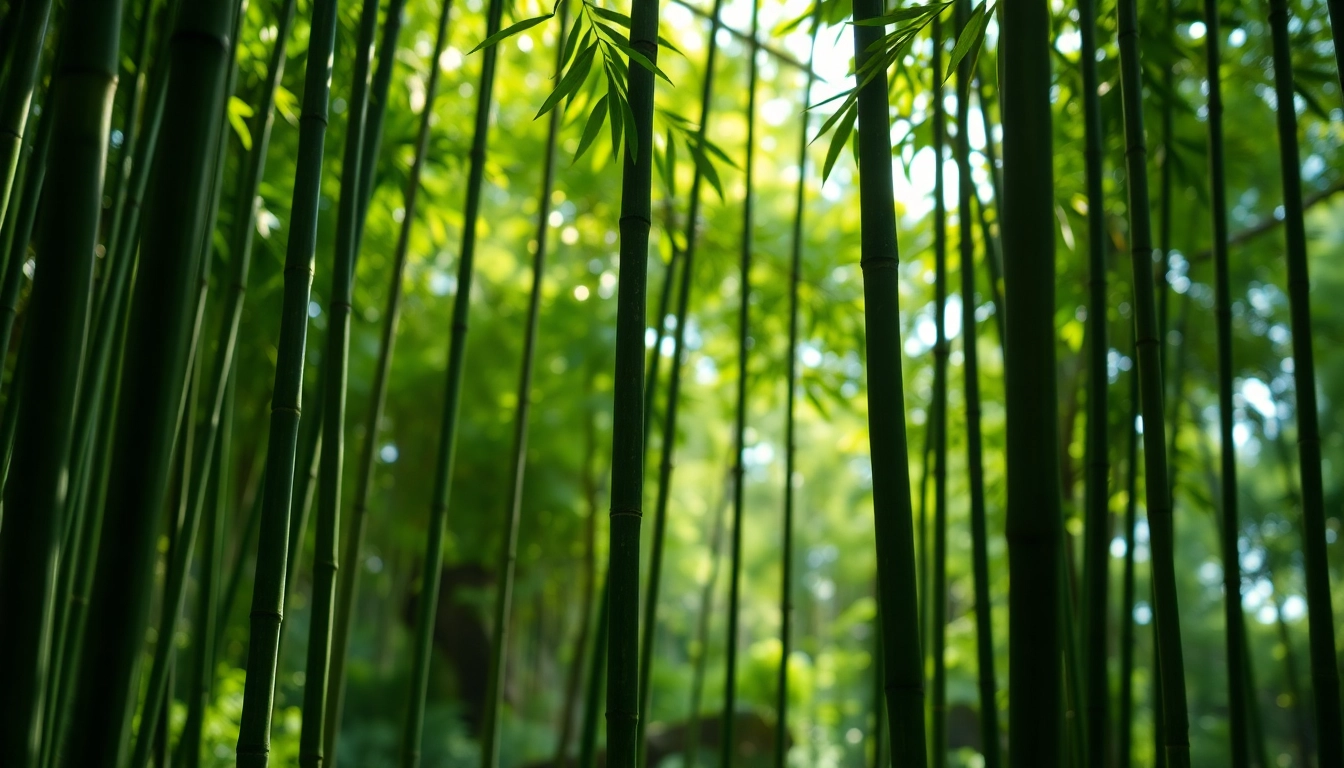
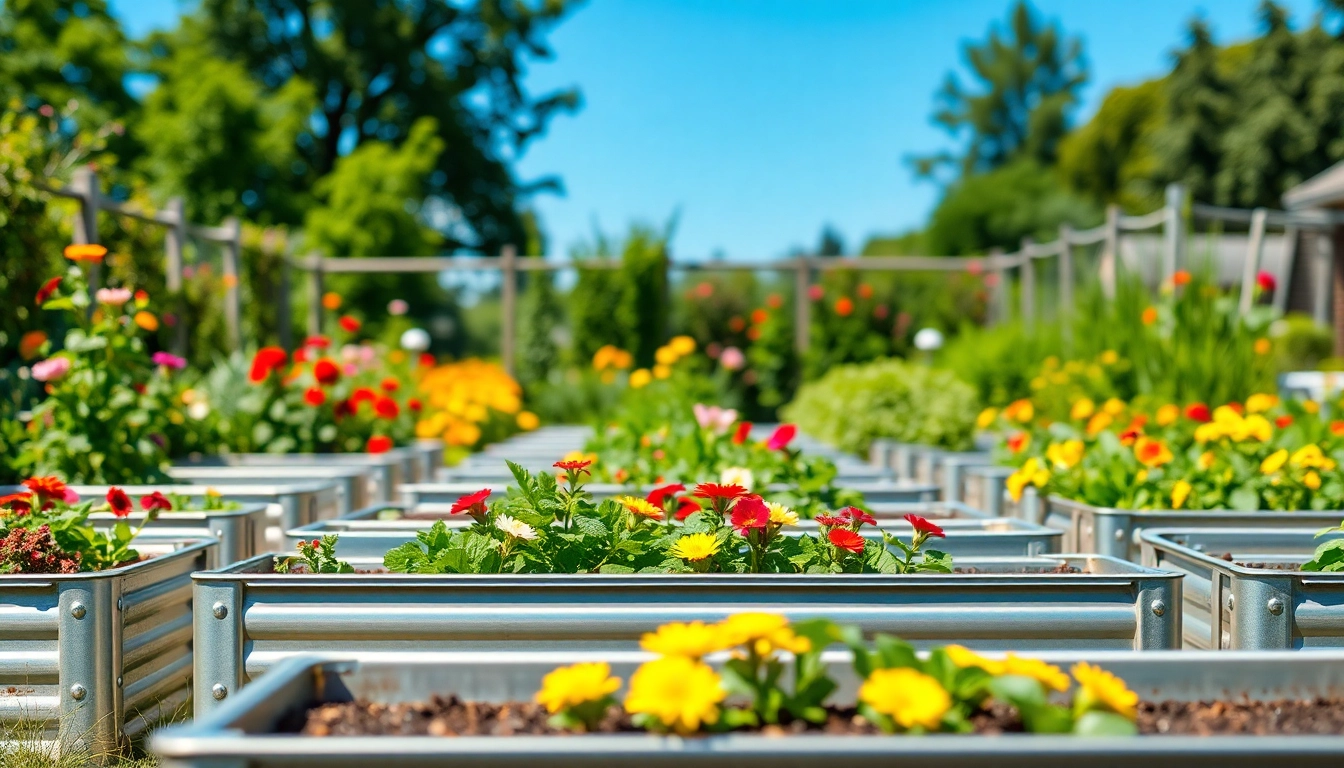
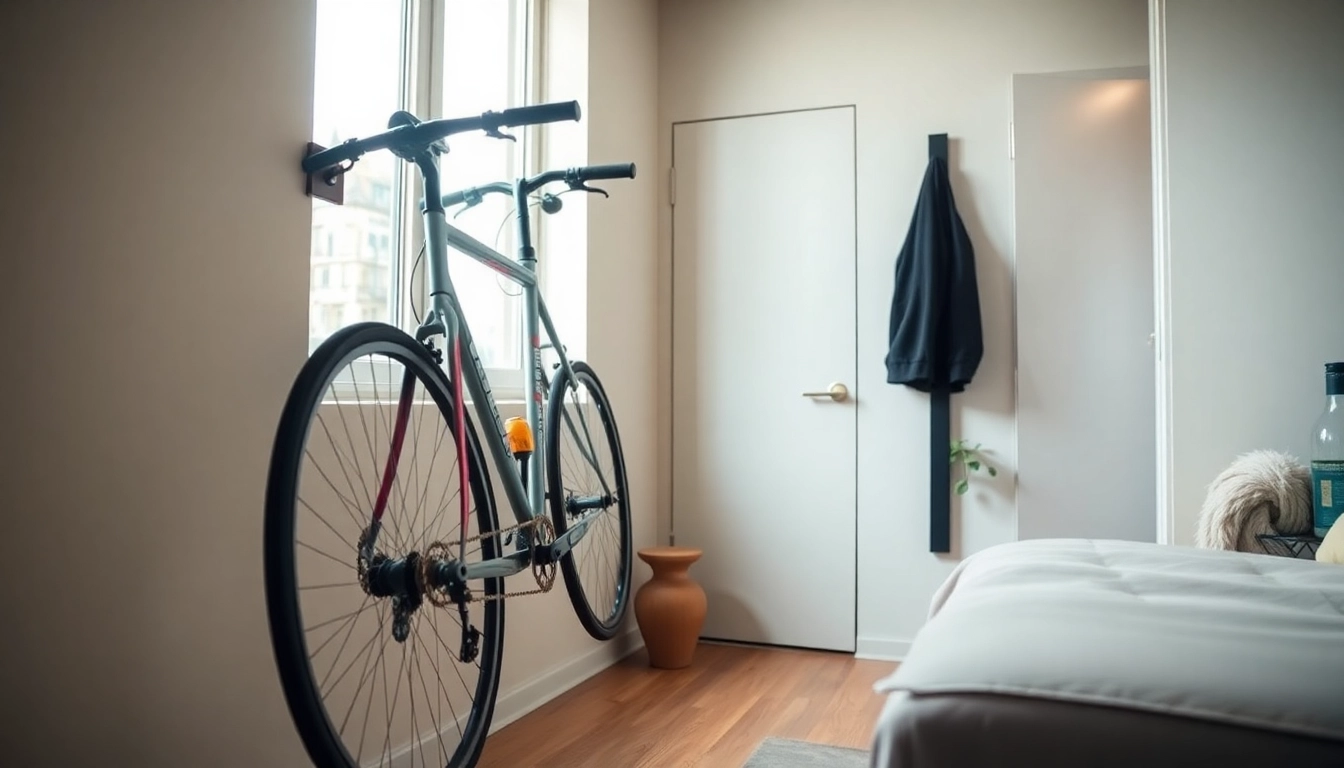

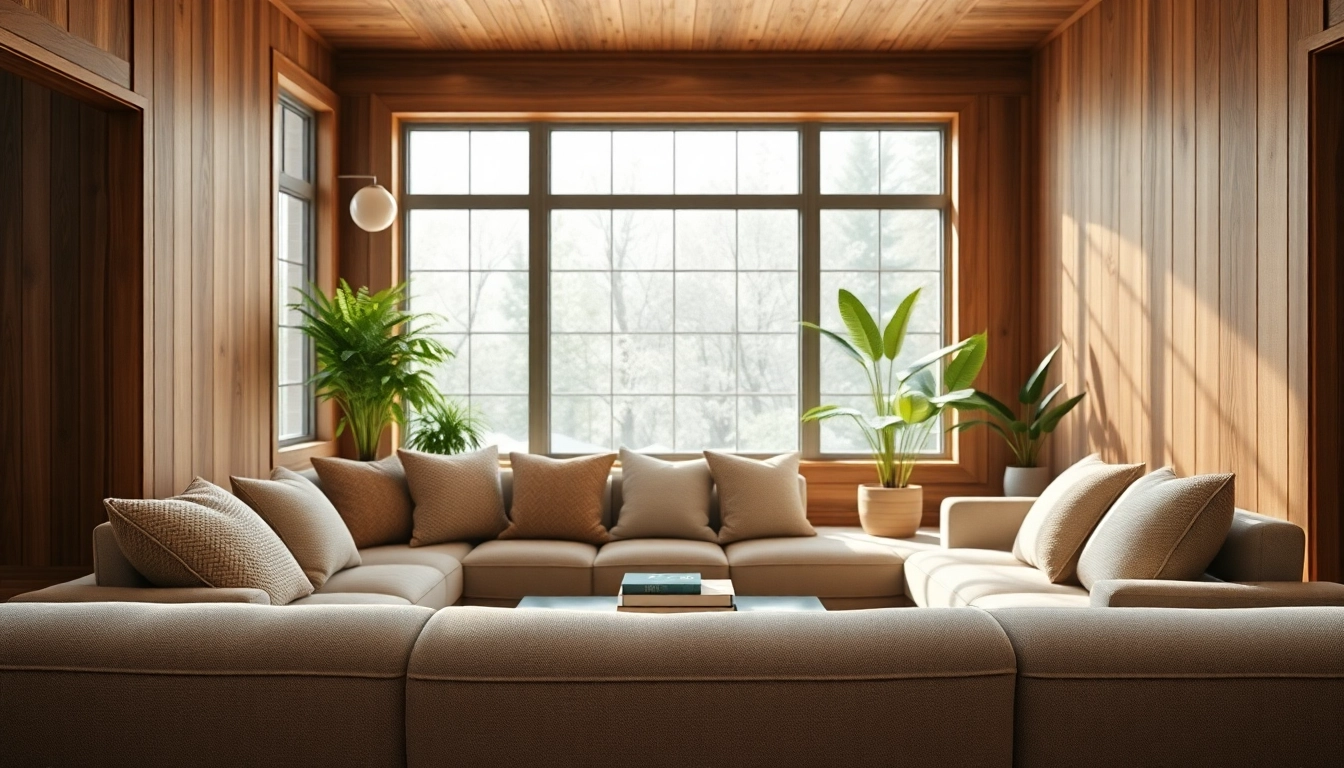

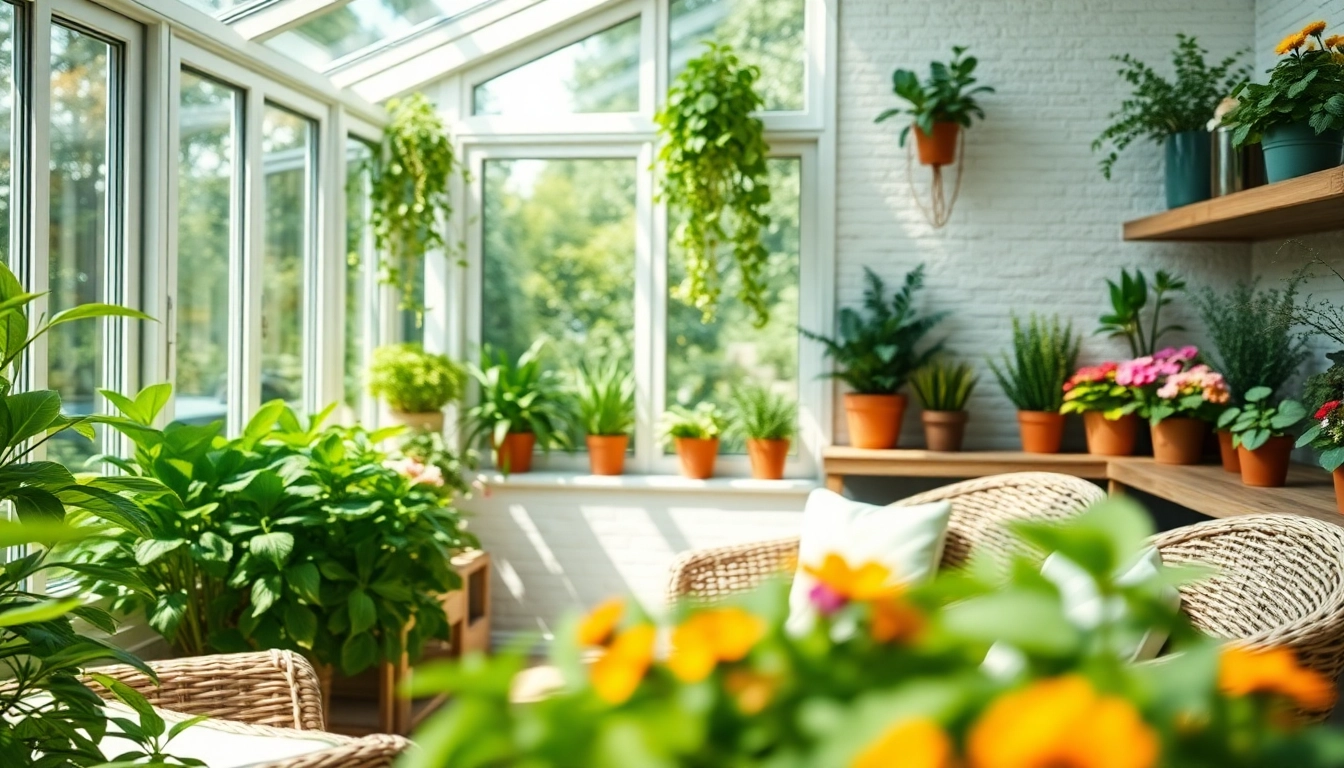



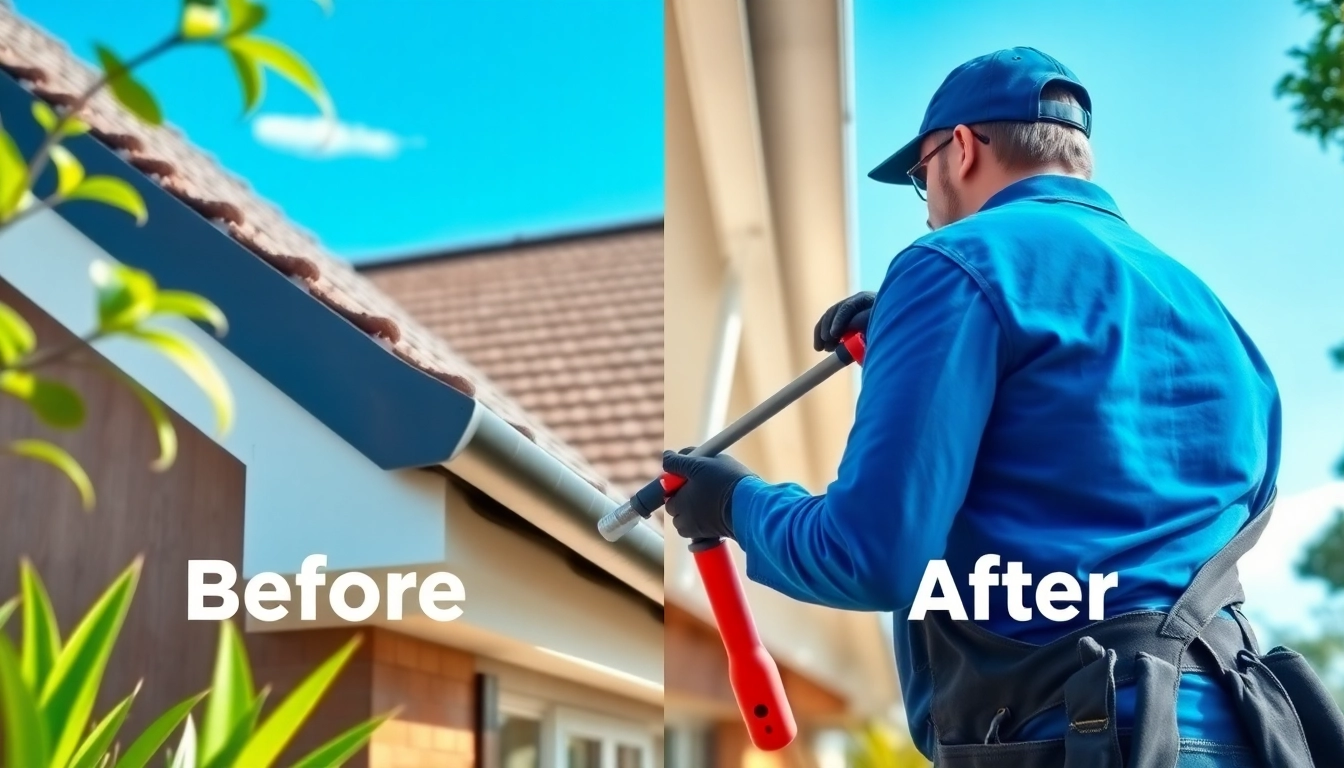

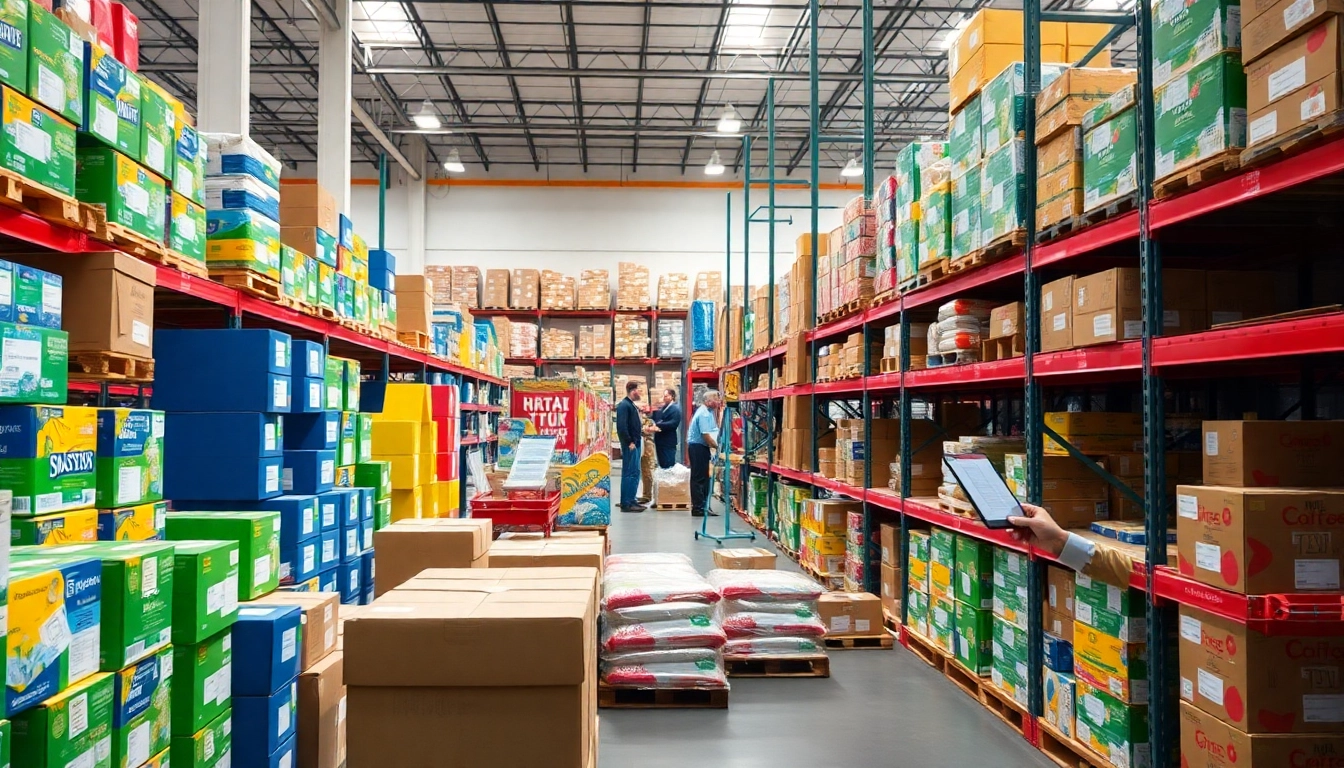


Leave a Reply